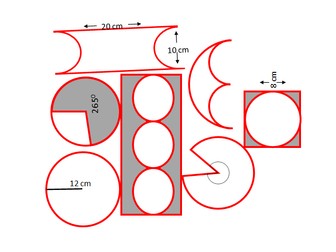20 Multiple Choice Questions PowerPoint on Particle Model of Matter – AQA GCSE Physics
<p>Looking for a complete resource to teach the Particle Model of Matter in GCSE Physics?</p>
<p>Our 20 Multiple Choice Questions PowerPoint presentation is designed to help students understand and apply key concepts in the Particle Model of Matter. This interactive and easy-to-use resource is perfect for both teaching and assessment.</p>
<p>What’s Included:<br />
States of Matter: Explore the properties and behavior of solids, liquids, and gases.<br />
State Changes: Delve into processes like melting, boiling, condensation, and freezing.<br />
Specific Heat Capacity: Calculate how substances store and transfer heat energy.<br />
Latent Heat: Understand the energy involved in phase changes.<br />
Density: Solve problems on the mass per unit volume of substances.<br />
Gas Pressure: Learn how gas pressure relates to particle movement.<br />
Why Choose This PowerPoint?<br />
Concepts & Calculations: Covers both theoretical concepts and formula-based calculation questions.<br />
Ready-to-Use: Save time with a fully prepared presentation for classroom use.<br />
Assessments Made Easy: Use for diagnostic testing at the start of the topic and end-of-topic assessments.<br />
Engaging & Interactive: Keeps students engaged while reinforcing key concepts.<br />
Perfect For:<br />
Year 11 Teachers wanting a dynamic resource for teaching the Particle Model of Matter.<br />
Revision Sessions or Assessments: Ideal for quick quizzes or in-depth review sessions.<br />
Enhance Your Teaching & Boost Student Success!<br />
Download or access the “Particle Model of Matter – 20 MCQs PowerPoint” today to make your lessons more engaging and effective!</p>
